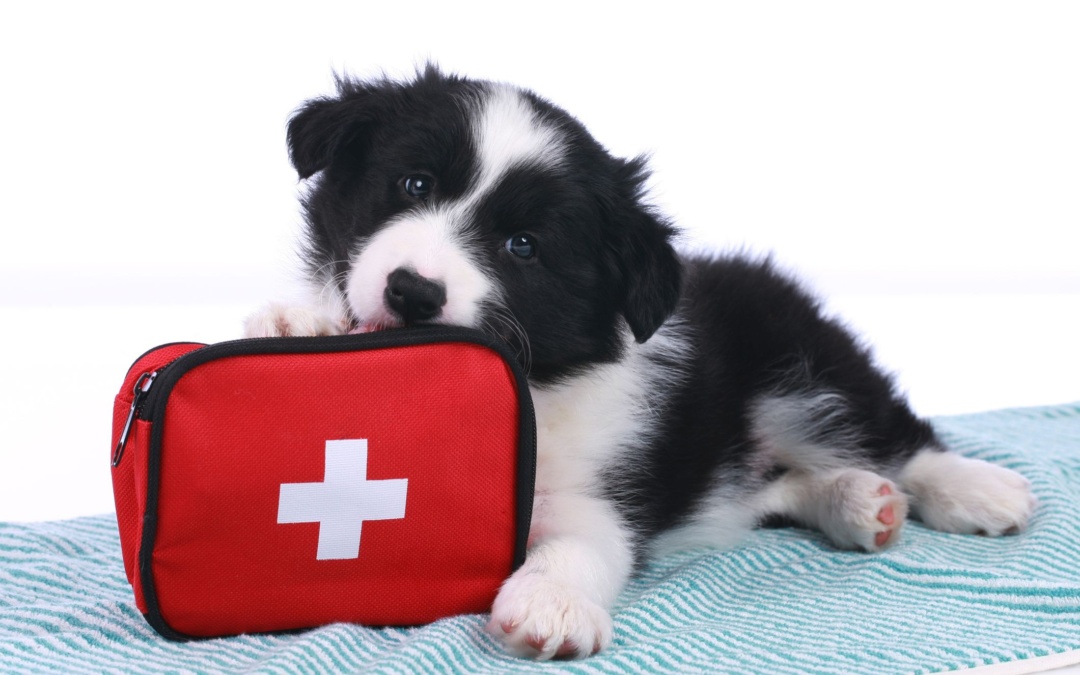Each May, the Federal Emergency Management Agency (FEMA) uses National Animal Disaster Preparedness Day to help educate pet parents on the importance of planning for emergencies that might impact four-legged family members. We agree that an ounce of prevention is worth a pound of cure, so let’s review how to prep with your pets in mind.
Step 1: Make a Plan
As a family, decide what you will do in different scenarios. Consider flooding, fire, power loss, and weather extremes from heat waves to ice storms. Making decisions ahead of time and communicating the plan to your family will ensure the best result when emergency strikes and every moment counts.
Ask yourself:
- If you need to evacuate your home, where can you go where your pet would be welcome?
- If you must evacuate, which family member will be responsible for getting pets into carriers or cars and transporting them to safety?
- If you lose power, will your pet be impacted? Consider whether you lose heat or air conditioning, what measures you can take to stay safe.
- Do you have signage to help inform firefighters or first responders that pets are in your home? (Personalized pet fire rescue window clings are available for this purpose.)
Step 2: Pack Your Pet’s Emergency Kits
We recommend packing two kits. Store one in your car and one in an easily accessible location in your home. (A back shelf in your basement is not ideal.) Check your kit every six months to ensure nothing has expired and update any seasonal items.
In addition to a well-stocked pet first aid kit, pack a sturdy, waterproof bin with the following pet care items:
- A warm blanket, large towel, and/or extra bed
- Extra leash, collar, or harness with extra ID tags
- A water bowl and a few days’ supply of water
- A food bowl and enough food for several days, stored in an airtight container
- Extra medication, if needed
- Litter, a litter box, waste disposal bags, and bleach wipes for sanitation
- Toys and treats to help keep pets occupied and comfortable
Step 3: Compile Essential Contact Information
Your smartphone can be a valuable tool for storing documentation, but what happens if you lose power and your phone battery dies? In addition to downloading apps that can be helpful in an emergency – we list several on our Poison Control & Other Resources page – print out the following information to include in your emergency kit:
- A summary of your pet’s medical history, vaccine records, and medication list
- Phone numbers for your primary care veterinarian and your nearest 24/7 emergency veterinary hospital, like BEVS
- The phone number for the ASPCA Animal Poison Control Center
- Your pet’s microchip and state registration numbers
- A photograph of your pet with members of your family. If your pet ends up in a shelter or animal control center, you may need to prove ownership.
BEVS Is Here 24/7 To Help Your Pet
Hopefully, your family will never need to use the emergency resources you gather. But if you do, or if your dog or cat needs emergency veterinary care, we are here to help. BEVS is the only 24/7 veterinary emergency and specialty hospital in the state, and no appointment is ever necessary for emergency care. If possible, please call us first at 802.863.2387 so we can prepare our team and advise you on what will happen when you arrive.

